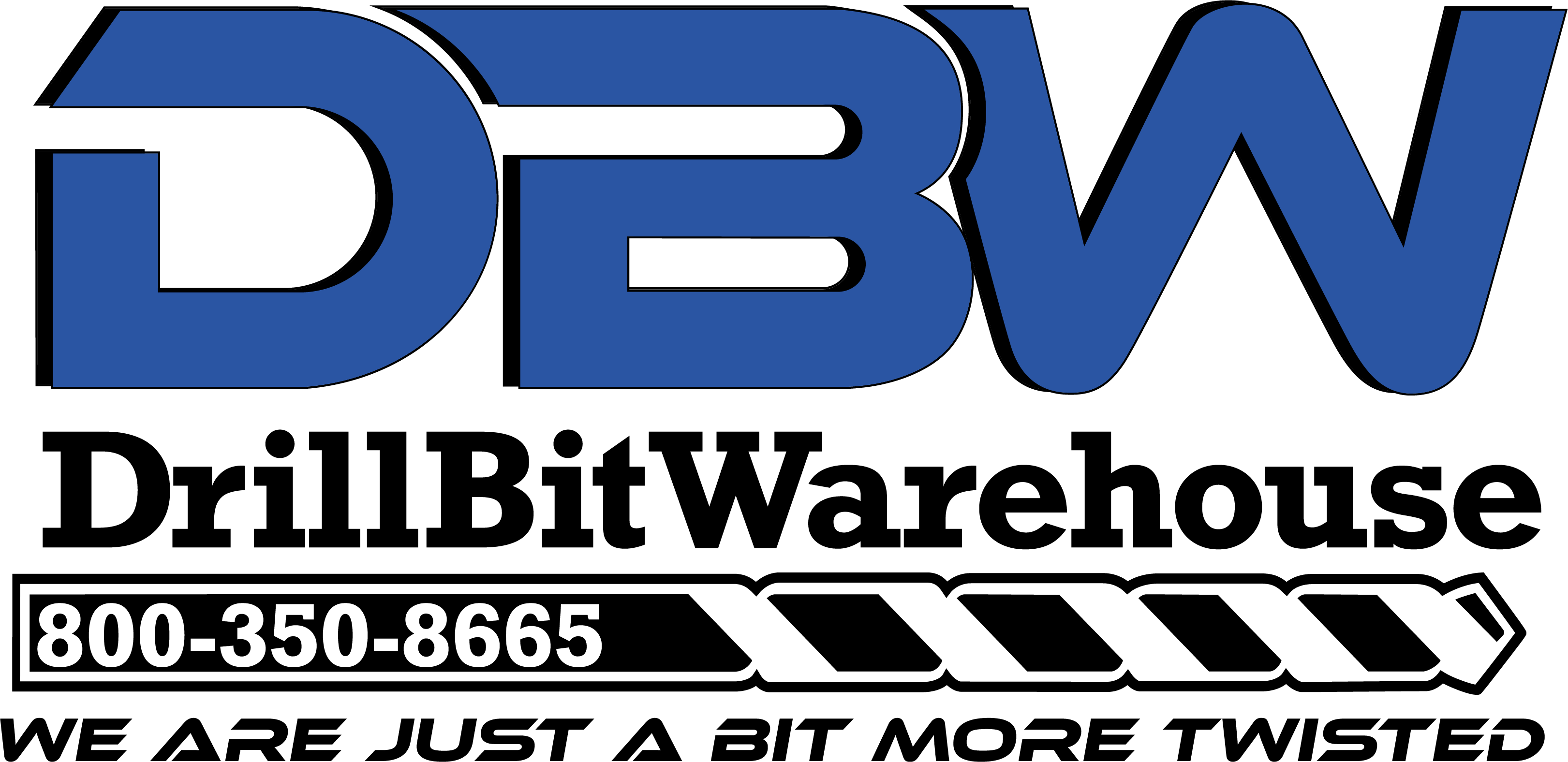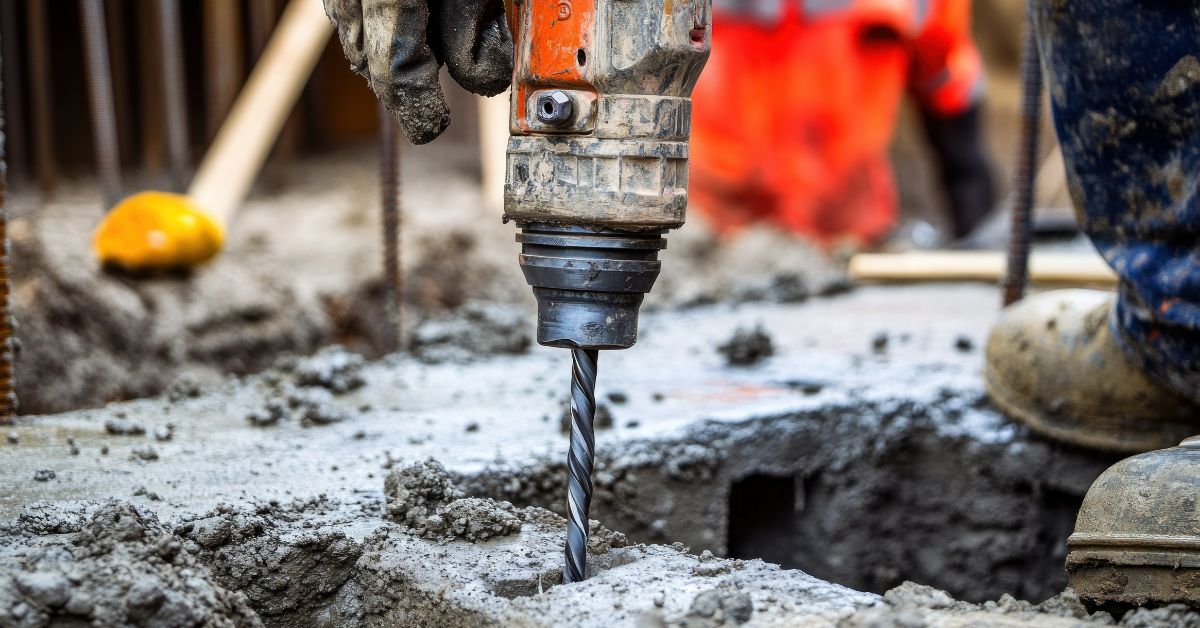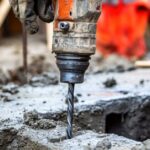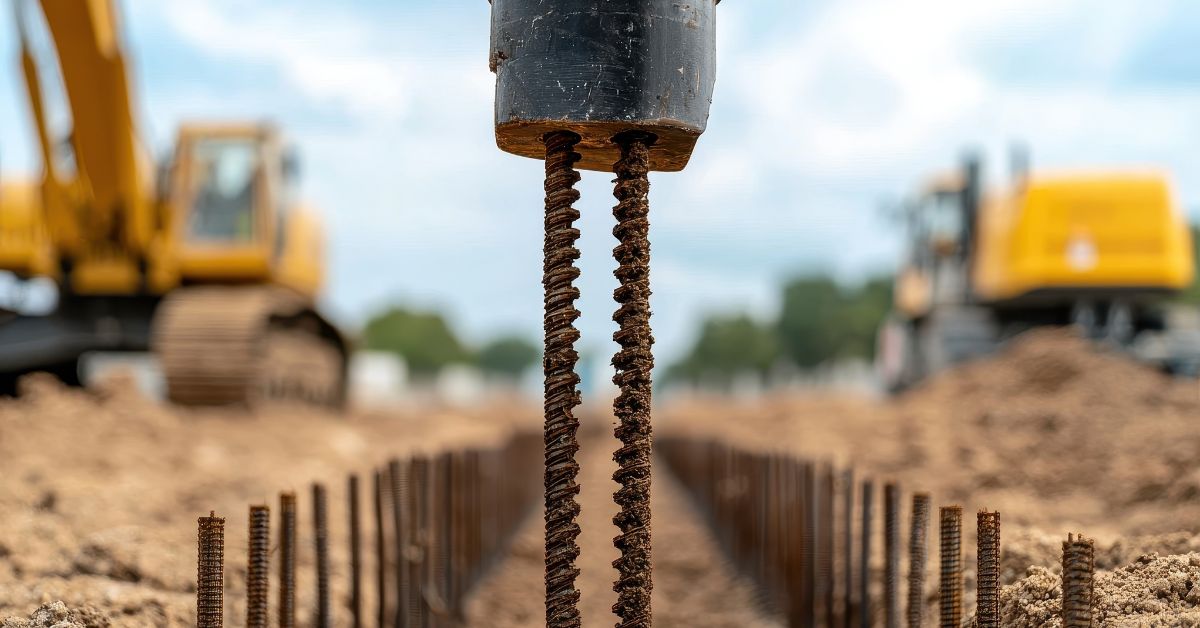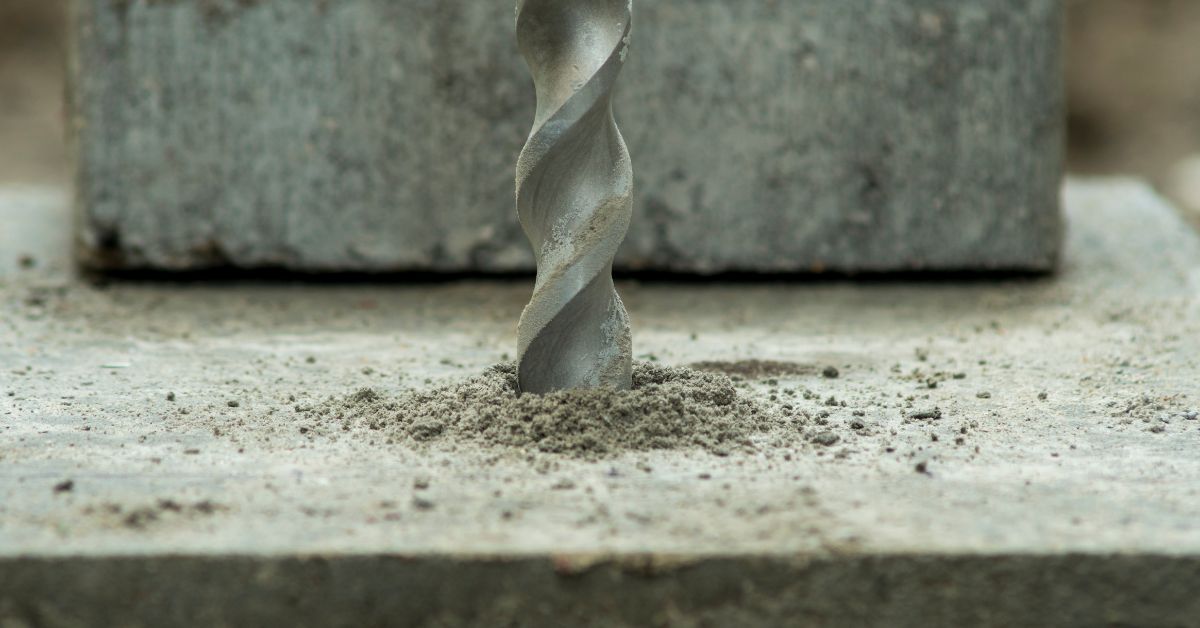When people think of the designs of drill bits, they often focus on the materials, coatings, and tip shapes of these tools. However, one exceptionally critical feature often goes unnoticed: the back taper. It is essential to understand the influence of the back taper on your drill bit’s performance and how it contributes to superior results in your construction, metalworking, or woodworking projects. Read on to learn about the importance of back taper in drill bit design and how it impacts the quality and speed of your work.
What Is a Back Taper?
The term “back taper” refers to how the diameter of a drill bit gets smaller as you move from its tip to the shank. This design feature creates a conical or gradual narrowing effect along the length of the drill bit. Although some may perceive this feature as a consequence of wear, manufacturers apply it intentionally when producing most drill bits.
How Does It Affect Your Drill Bit?
There are many reasons why manufacturers incorporate a back taper in drill bit design. One reason is that decreasing surface contact along the shaft allows your bit’s cutting edges and tip to do most of the work as you drill.
This reduction in friction and resistance mitigates heat accumulation and wear during operation. In addition, the incorporation of a back taper allows users to have more control as they drill so that they can make more accurate holes.
What Are the Long-Term Advantages of Less Friction?
The reduction in friction provided by your drill bit’s back taper can have multiple long-term benefits for your business, including those listed below.
Less Damage
One of the main advantages of less friction, thanks to your back taper, is that your drill bit enjoys a longer life, and you will get more use out of it. High friction levels can cause tools to experience substantial wear, weakening their cutting edges or causing coating deterioration. This can be costly to your business over time, as you must pay for replacement parts.
Materials like sheet metal or thin wood panels can also distort due to heat expansion during drilling. But when your bit features a back taper, it moves cleanly without incidental rubbing along the shaft, causing the material to sustain far less damage.
Clean, precise holes also contribute to the strength and structural aesthetic of the finished product, particularly in woodworking or metal applications where visible imperfections can detract from the end result. With the help of a back taper, you can keep both your project materials and tools in better shape.
Improved Efficiency
Another advantage of less friction is greater efficiency as you work. Friction can have an impact on your productivity by introducing resistance that slows down the drill bit. This can cause interruptions that don’t allow you to stay on schedule. However, the back taper helps professionals do a better job of maintaining a smooth and consistent drilling experience.
This directly enhances productivity by minimizing the amount of time that you lose on making single cuts. When every stroke along a piece of wood or metal advances, work moves faster and more predictably, allowing you to move on to other important tasks in your workshop much faster.
It should be noted that the additional efficiency provides improved tool control. A smoother feed rate during drilling reduces the need for excessive exertion or force. This allows professionals to retain control of their tools, which translates into cleaner job sites and higher levels of personal safety.
What Are the Long-Term Advantages of Improved Drilling Accuracy?
As we established, back tapers also help improve drilling accuracy, which is critical for construction crews, woodworkers, and metalworkers. Below are several long-term advantages that improved drilling accuracy can yield over time.
Fewer Mistakes
Because your bit’s back taper allows you to be more accurate while drilling, you will make fewer mistakes in your work. That allows you to spend less time going back and performing rework to correct errors on your projects.
Instead, you can stay efficient, avoid delays, and do a better job of meeting your project’s deadlines. This will allow you to improve your company’s reputation in your market as a firm that its customers can count on to deliver projects on time.
Less Wasted Material
Another advantage of improved accuracy is less wasted material. Without a back taper, your chances of drilling an inaccurate hole would increase. You may be unable to fix such an issue, even during the reworking process, meaning that you may have to start fresh with a new piece of material.
Not only can such a mistake be costly to you, but it can also result in wasted resources. Thankfully, the back taper can help reduce these occurrences. This translates into benefits for the environment, savings for your business, and less frustration midway through your project.
Happier Customers
Whether creating a custom woodwork design for a homeowner or building a vital structural element for a company, customer satisfaction grows when the work fulfills expectations. A back taper on a drill helps ensure you are drilling holes that feature perfect alignments and clean aesthetic results.
Work done to that level of caliber usually resonates with clients far more than rushed or imprecise results. Poor quality can lead to you losing customers and earning a reputation in your market for providing subpar work.
Customers appreciate it when you pay attention to detail and utilize high-quality tools. This can result in them becoming loyal customers and recommending you to others.
How Does Back Taper Affect the Sharpening Process?
One of the key practices in maintaining the life of a drill bit and ensuring it will provide you with optimal performance is sharpening it. However, there is something that professionals should be aware of in terms of how a back taper affects the sharpening process.
Because the diameter gets smaller toward the back of the bit, you may find that you inadvertently remove tiny fragments of the bit as you sharpen it. Monitor this process carefully so that you do not do any damage that renders the bit unusable for drilling.
Purchase Bits with Back Taper at Drill Bit Warehouse
After learning about the benefits of a back taper, you can see how this little-known design feature contributes to the quality of your work. You can also ensure that you provide your customers with superior results by purchasing products from Drill Bit Warehouse. Our selection includes drill bits for rebar in concrete that can help you with the challenge of making precise, neat holes in hard materials.


